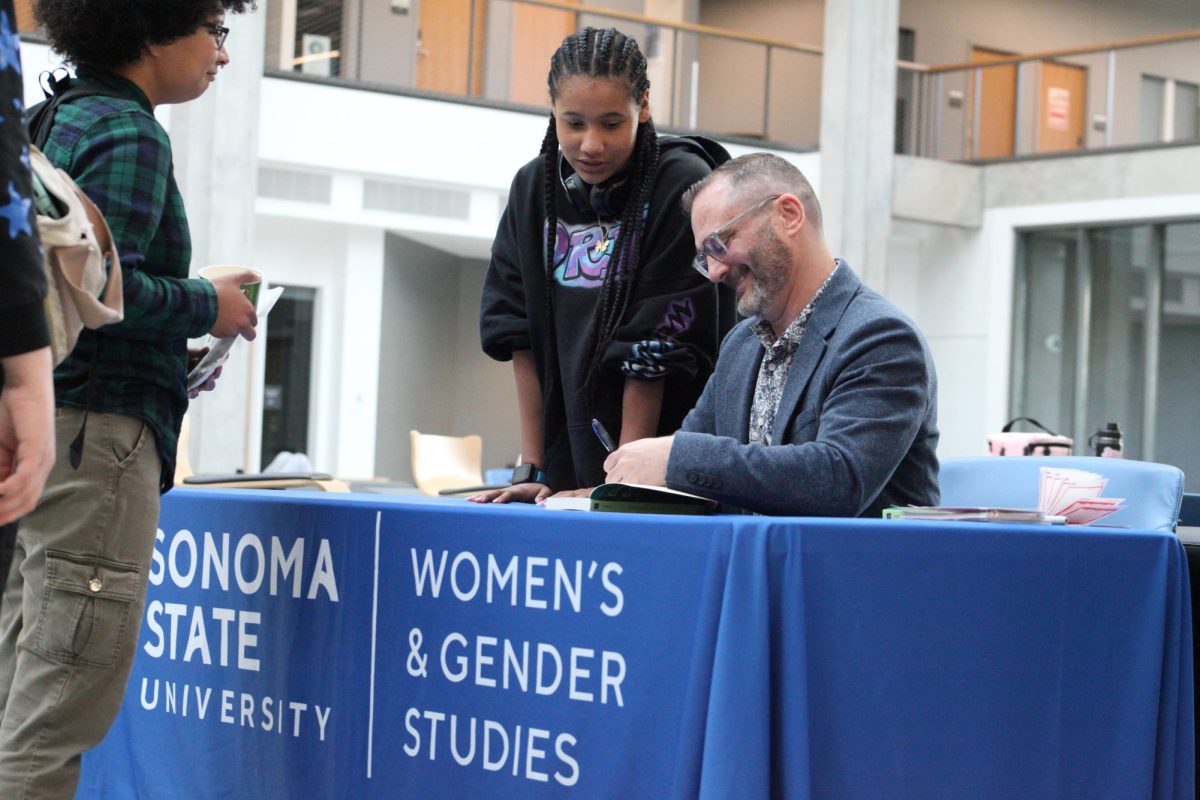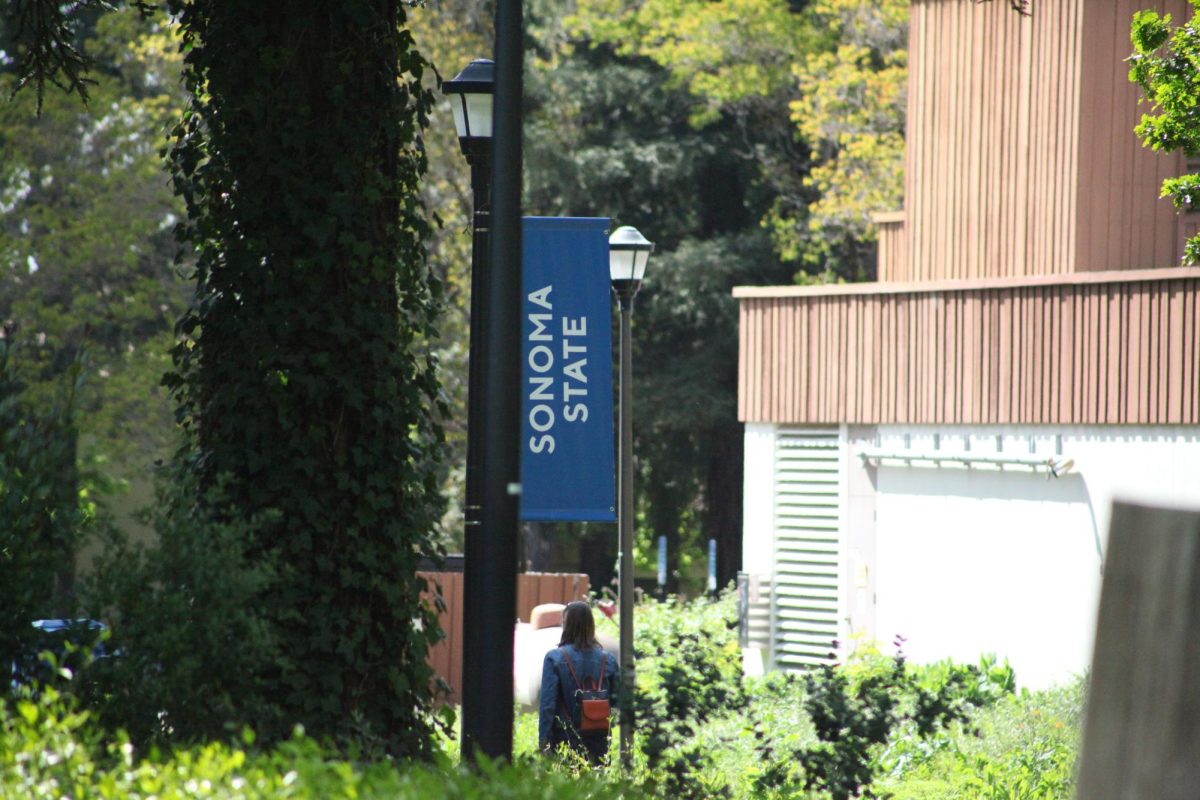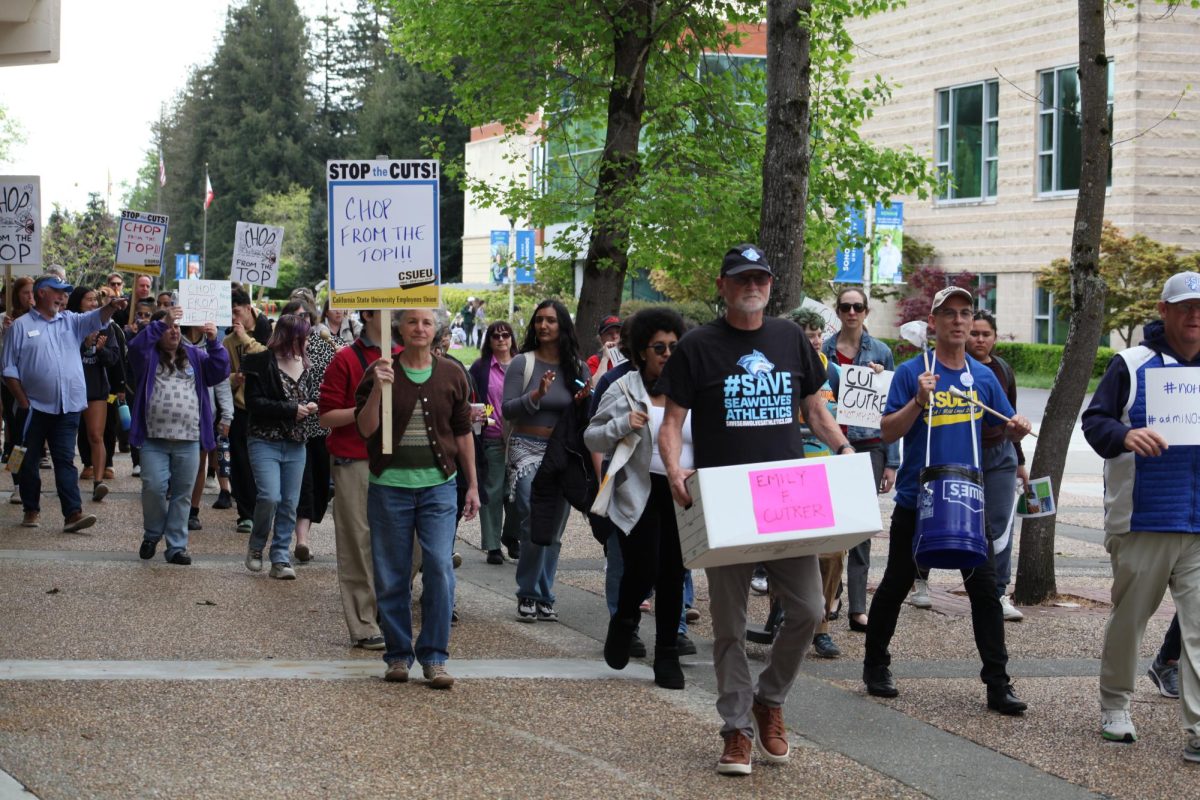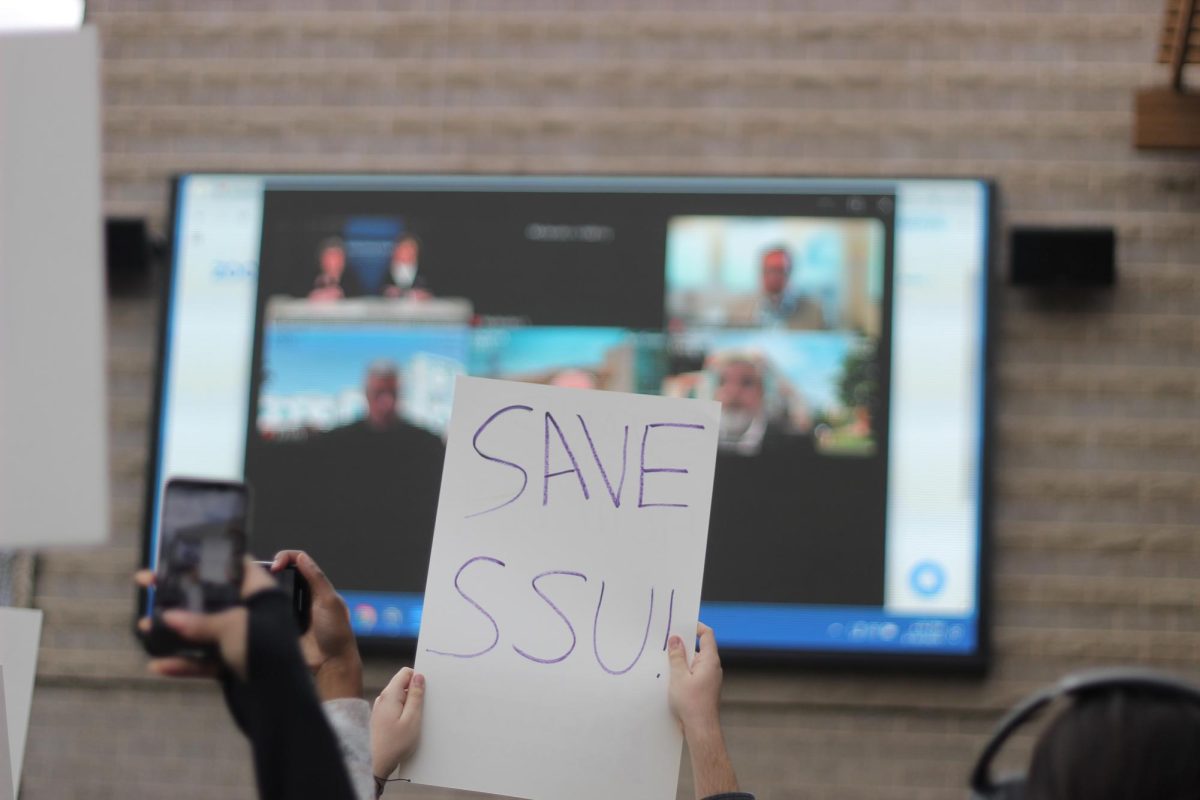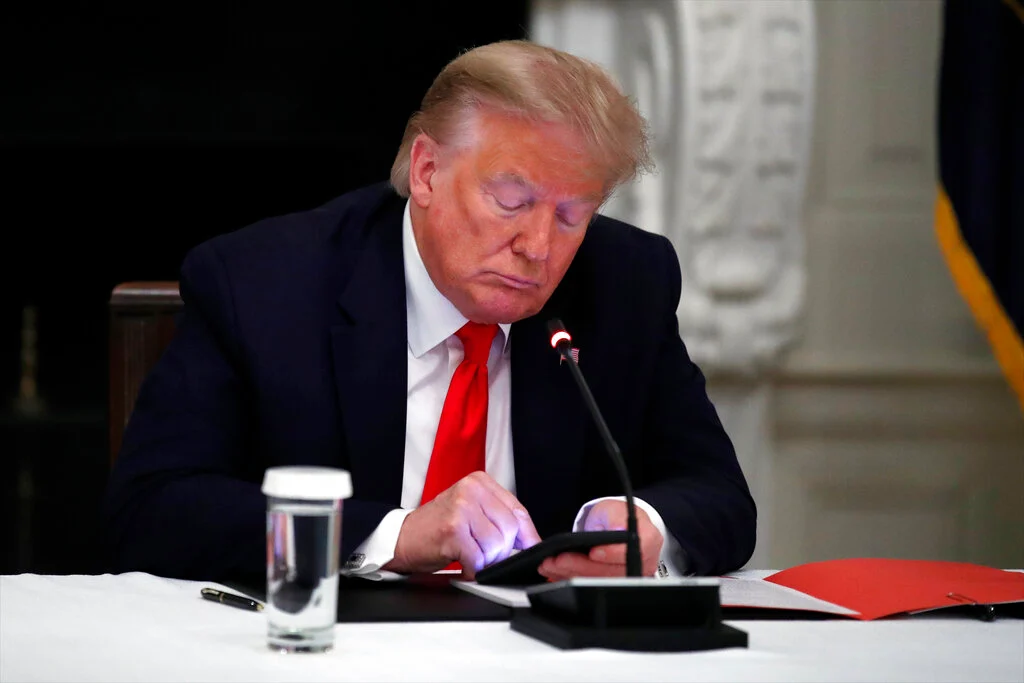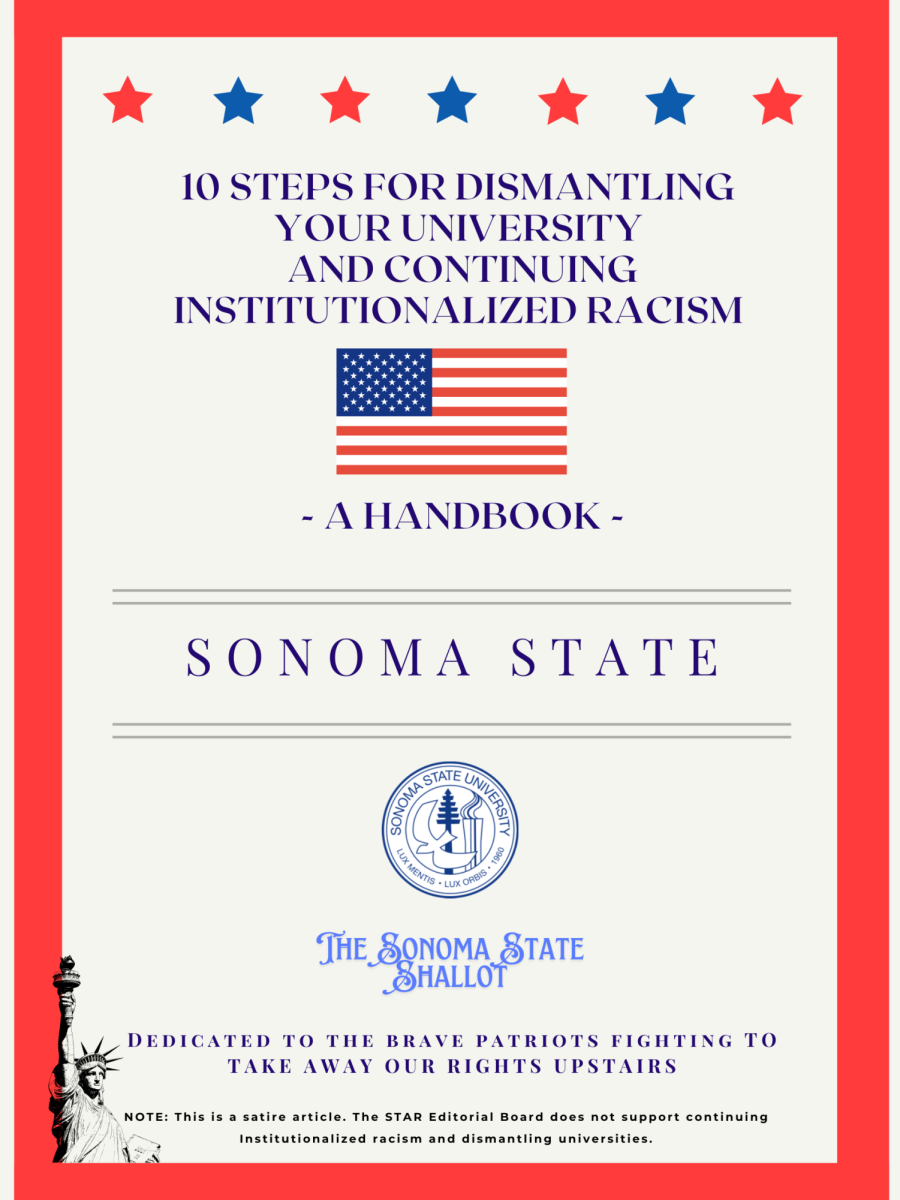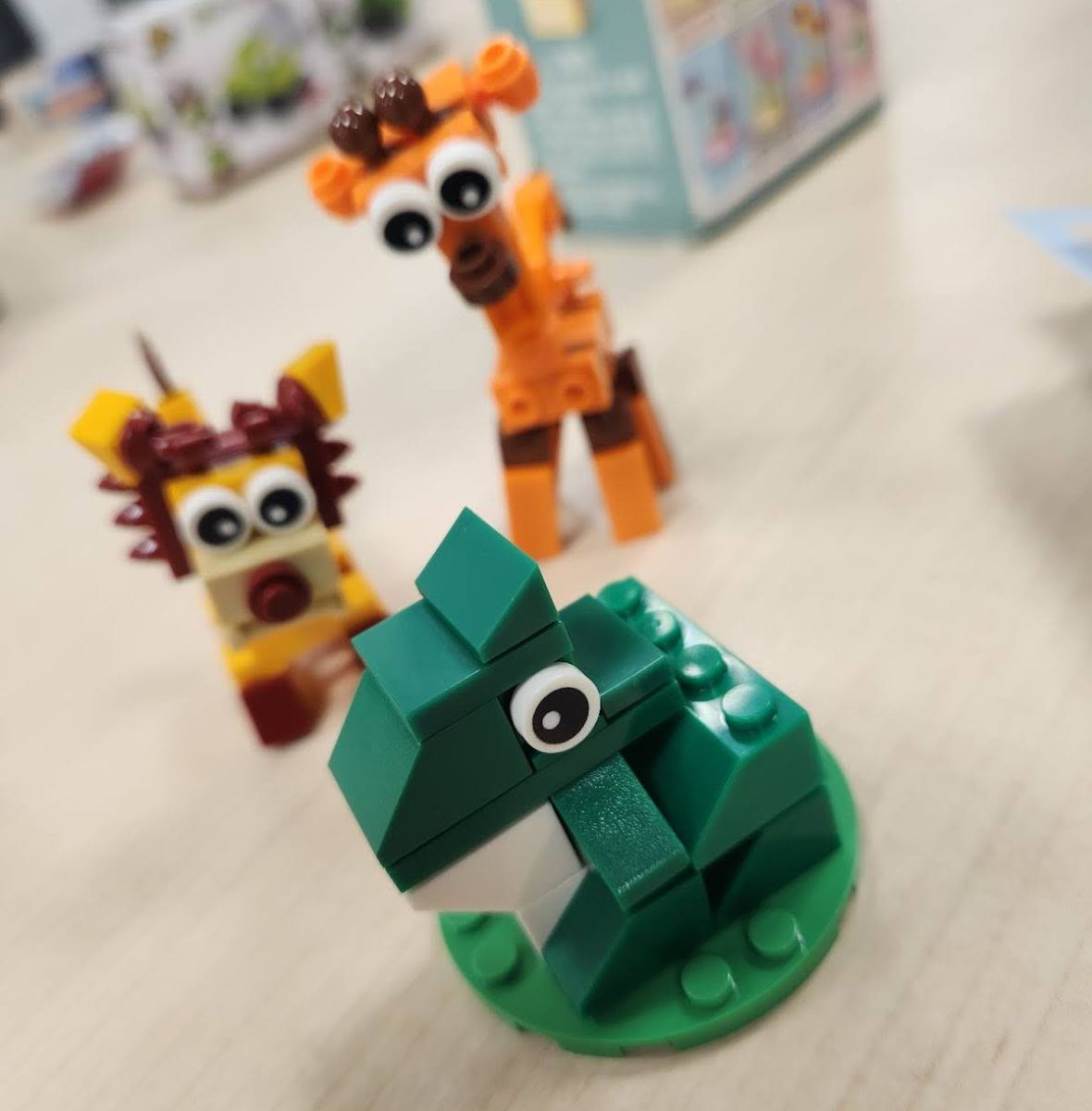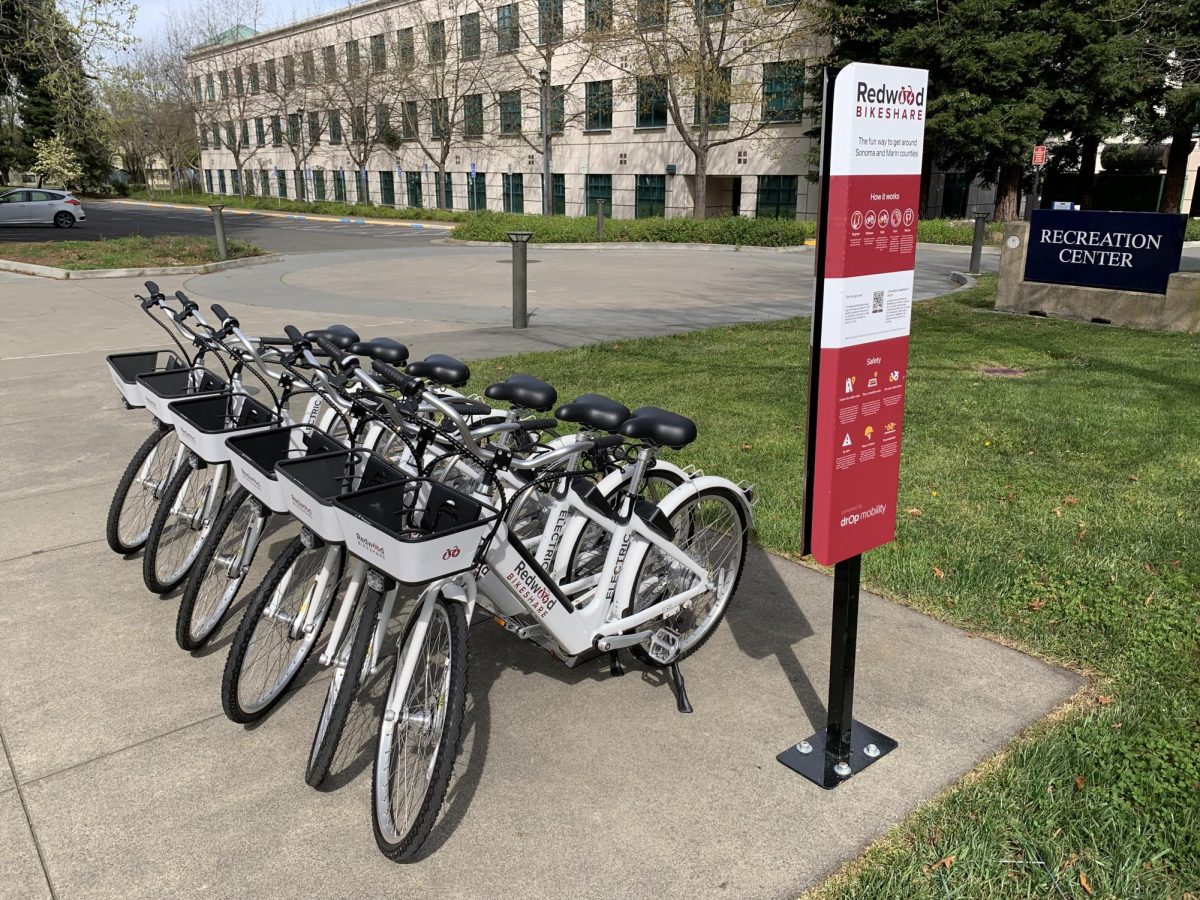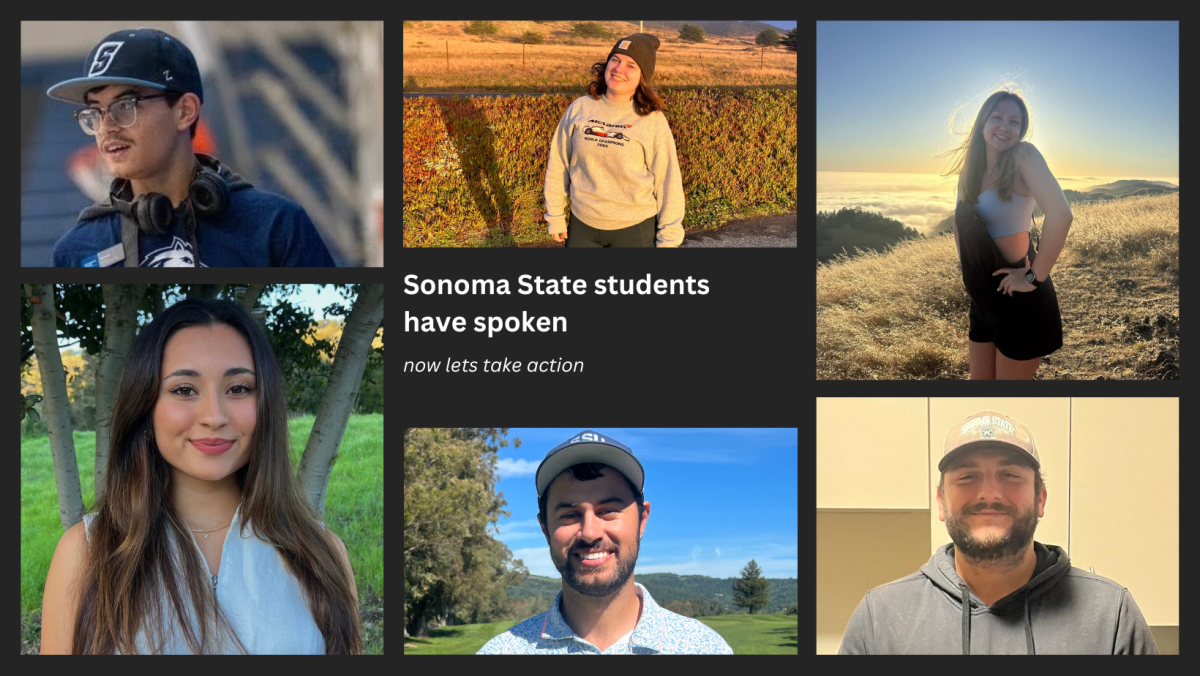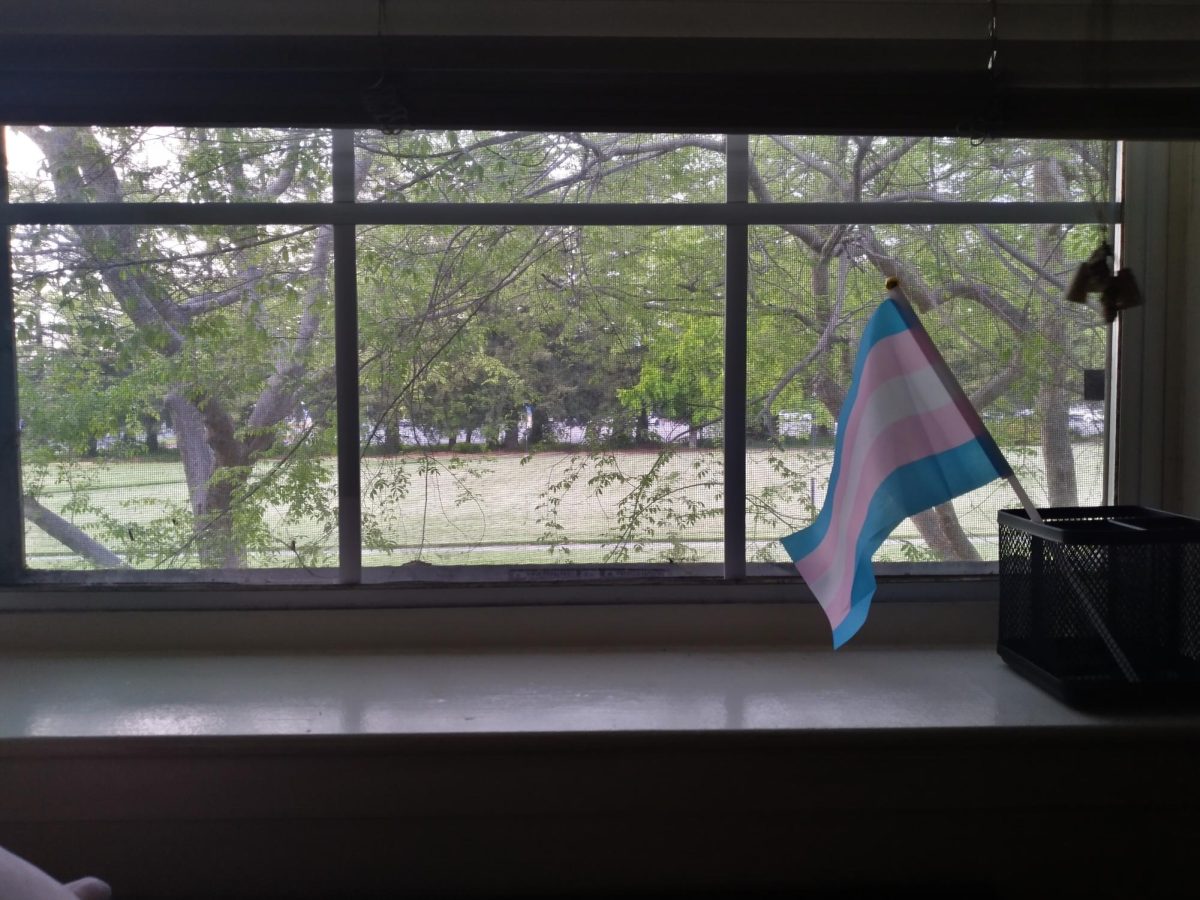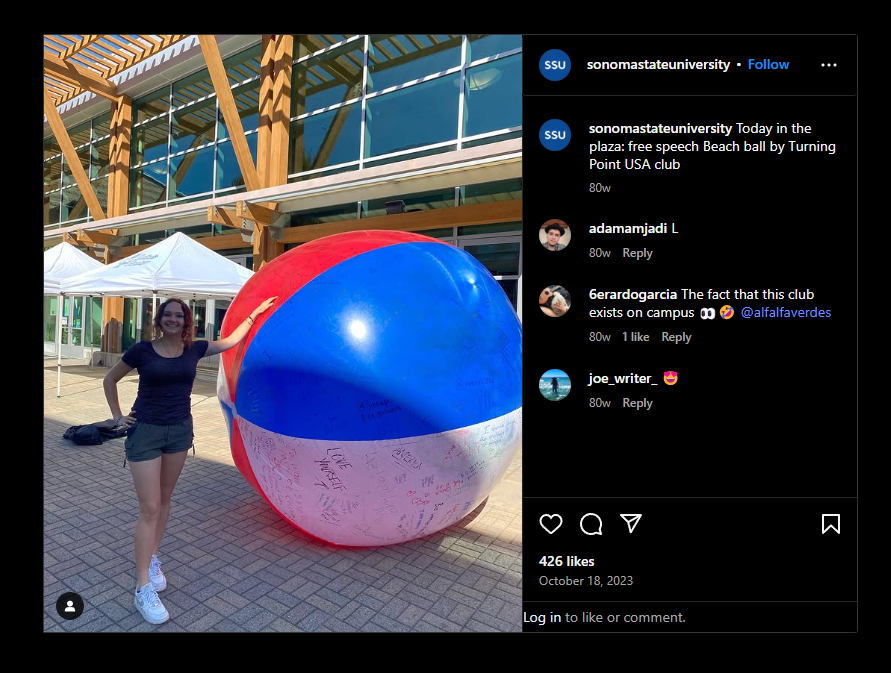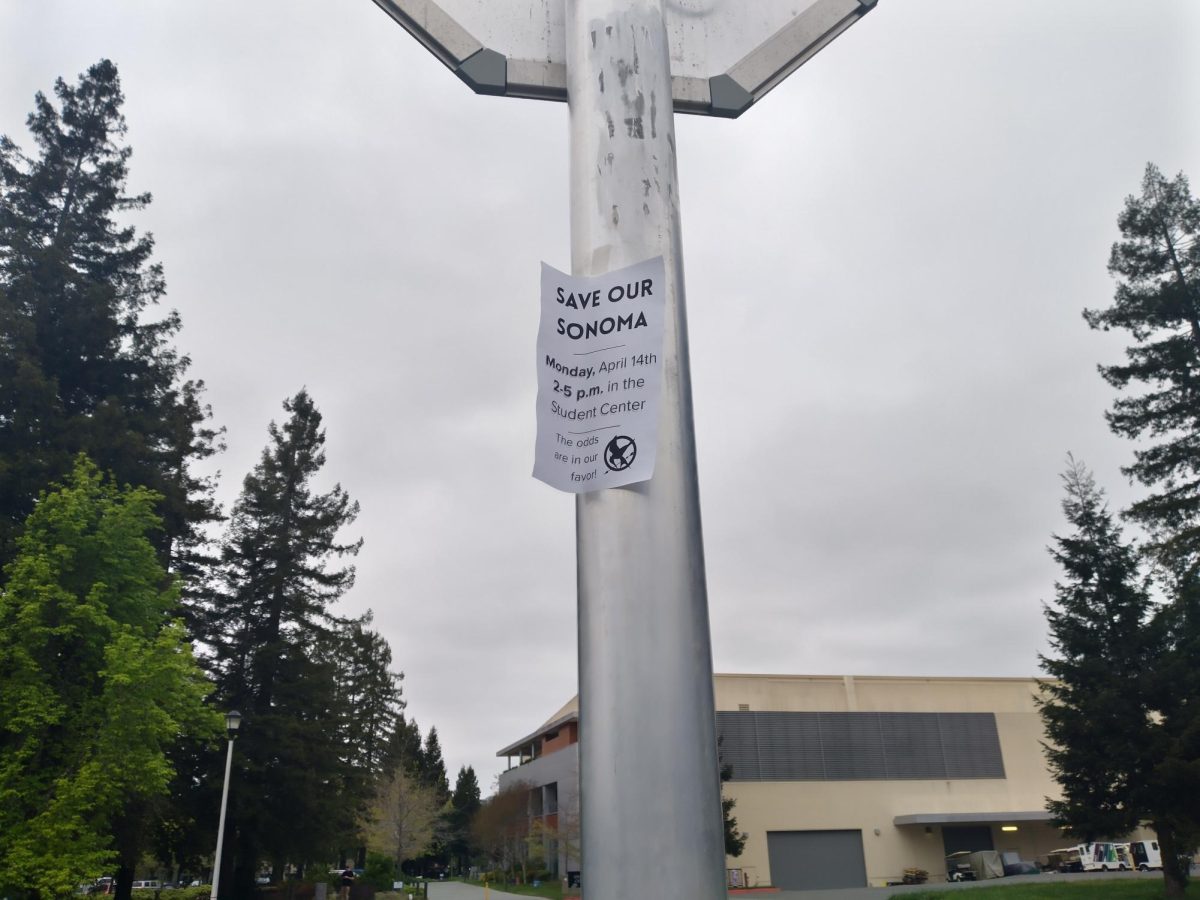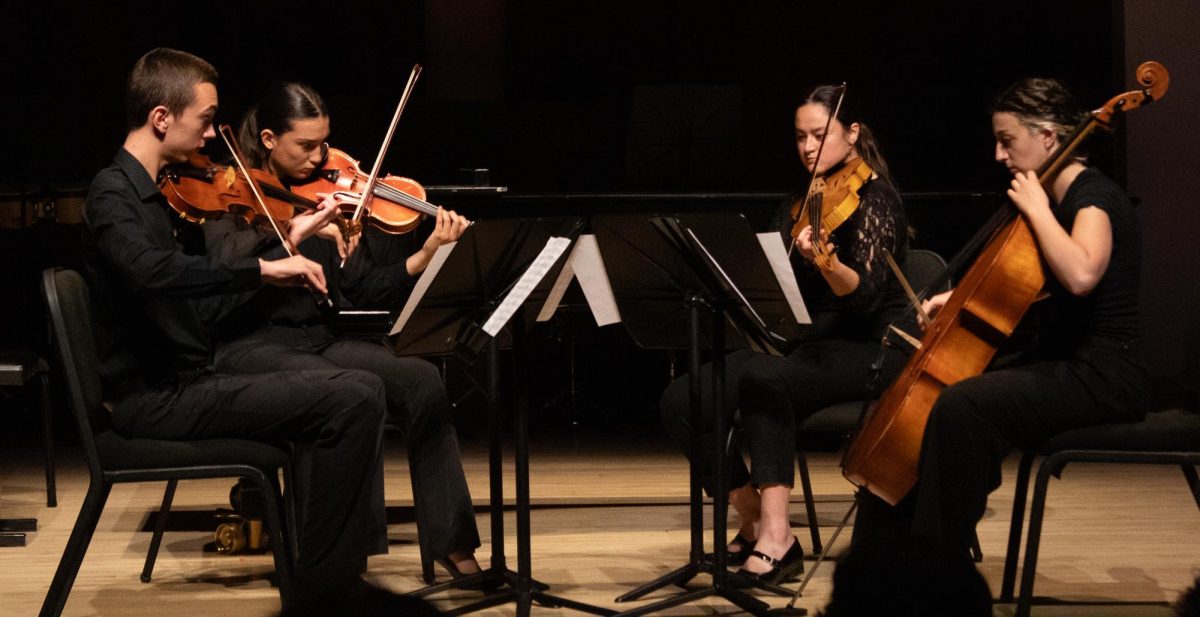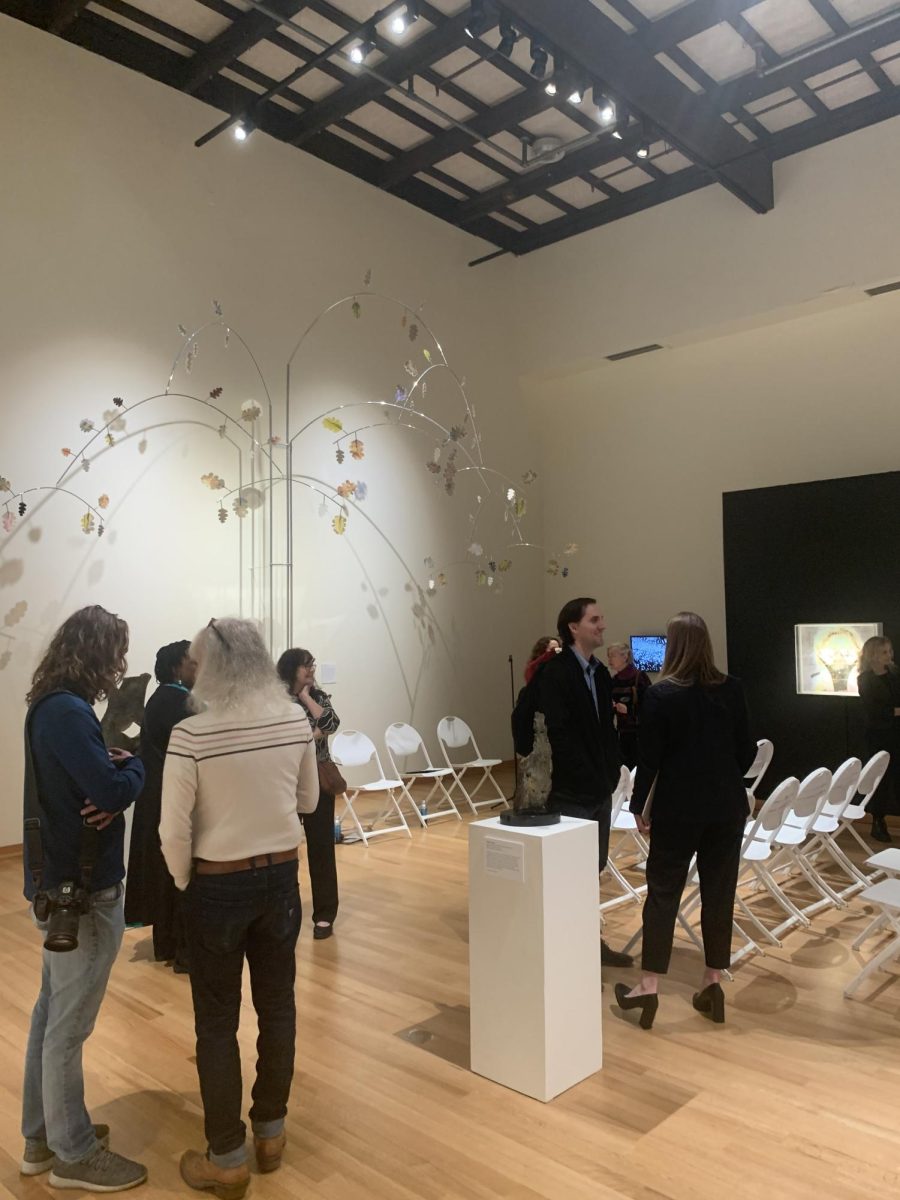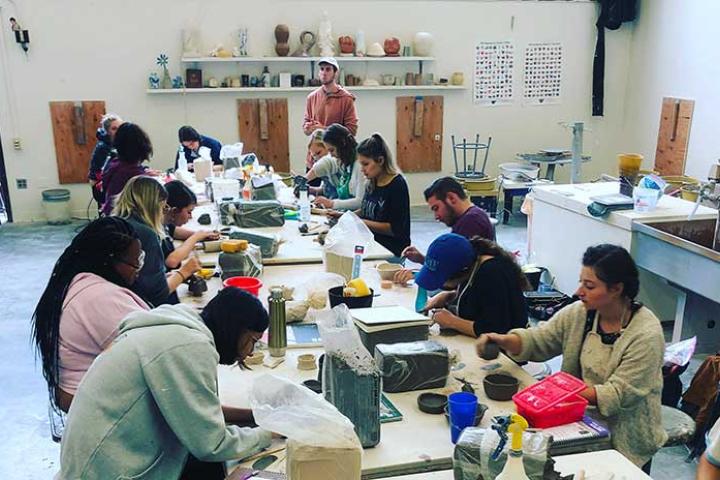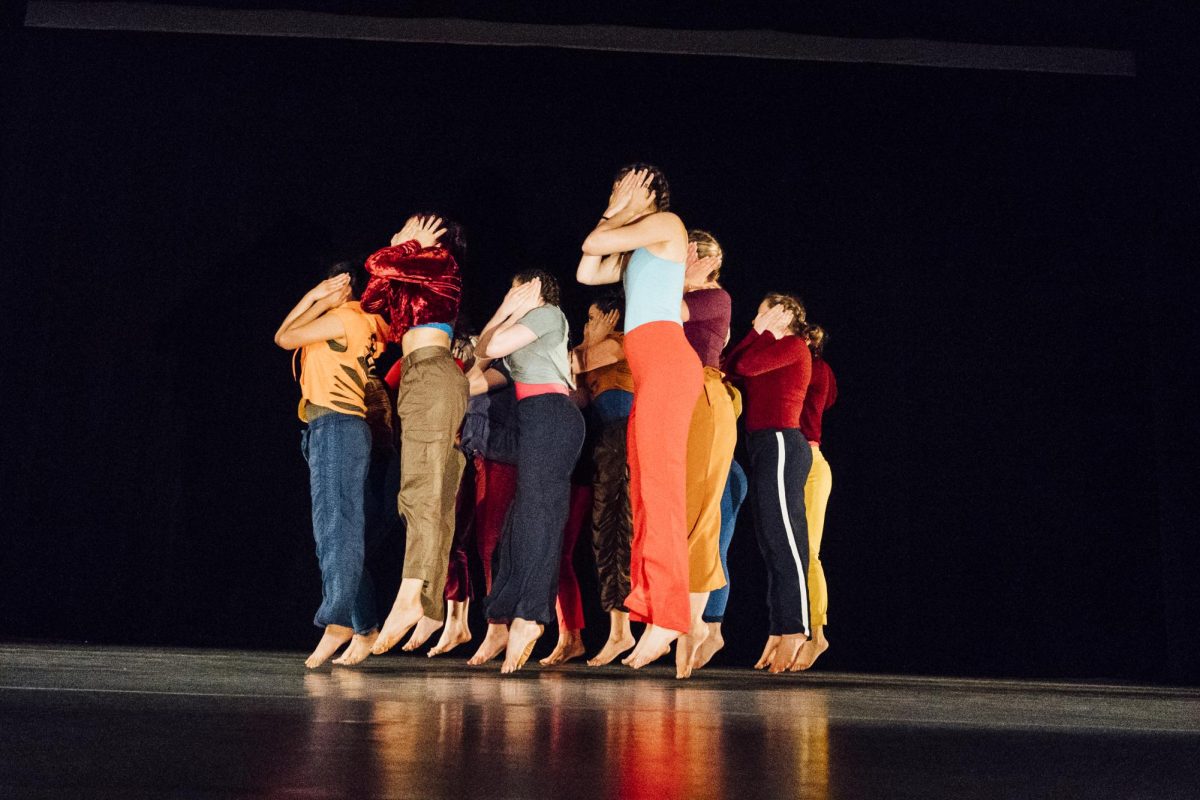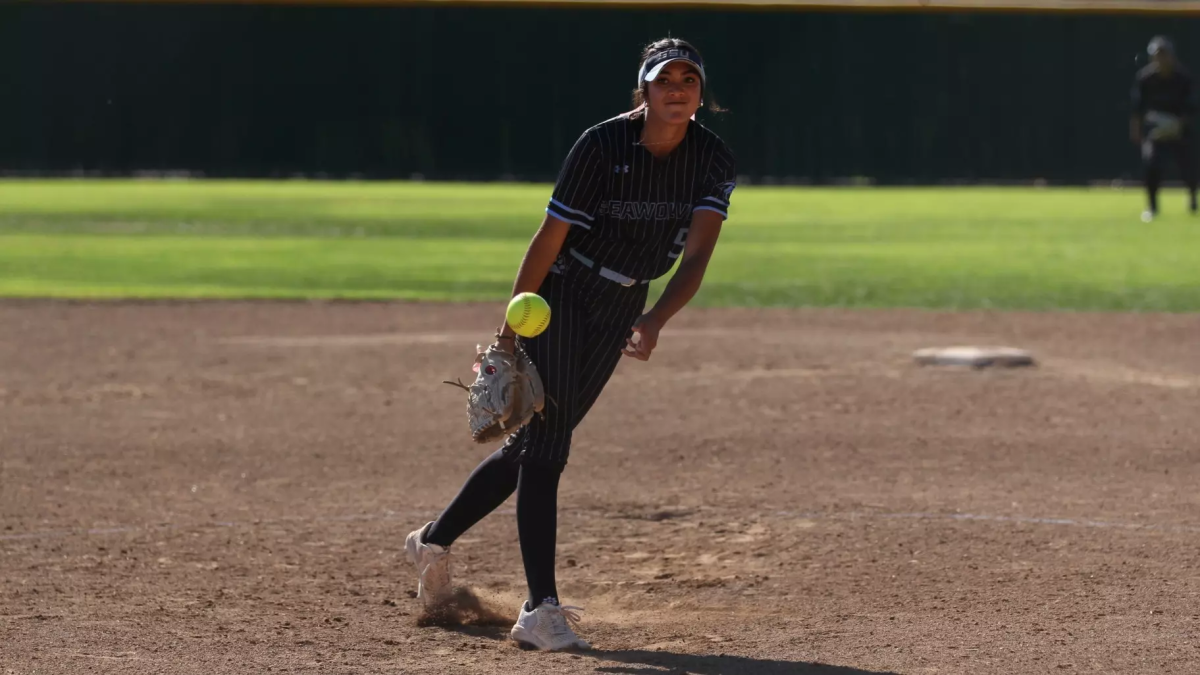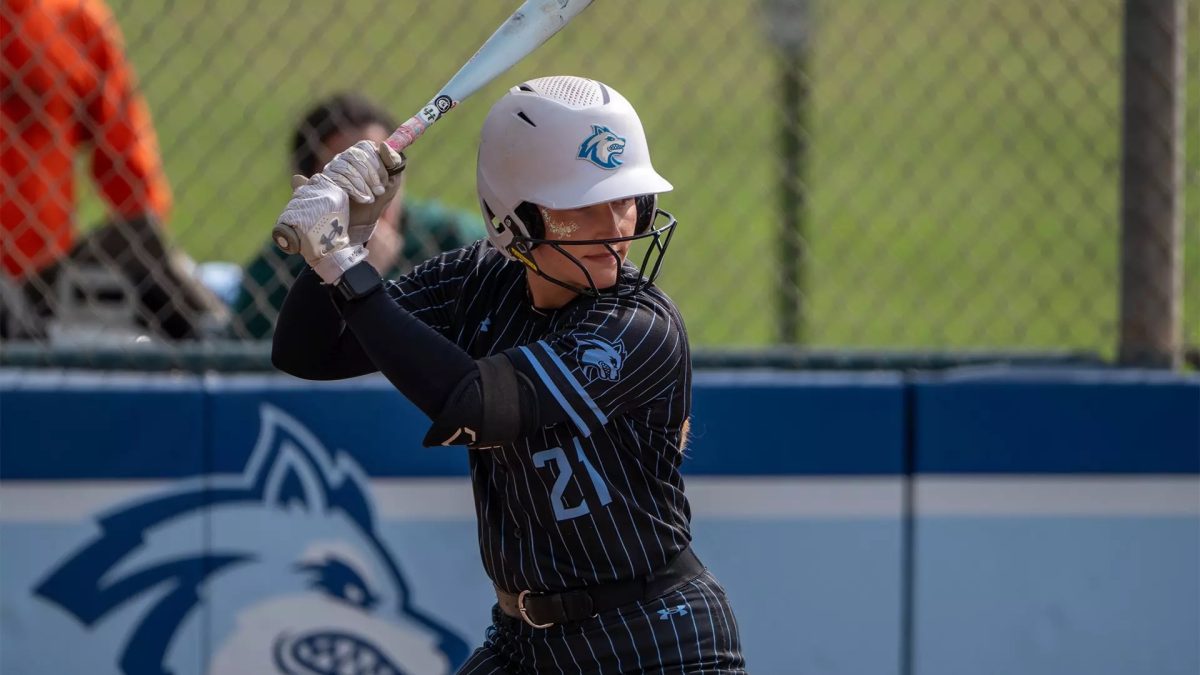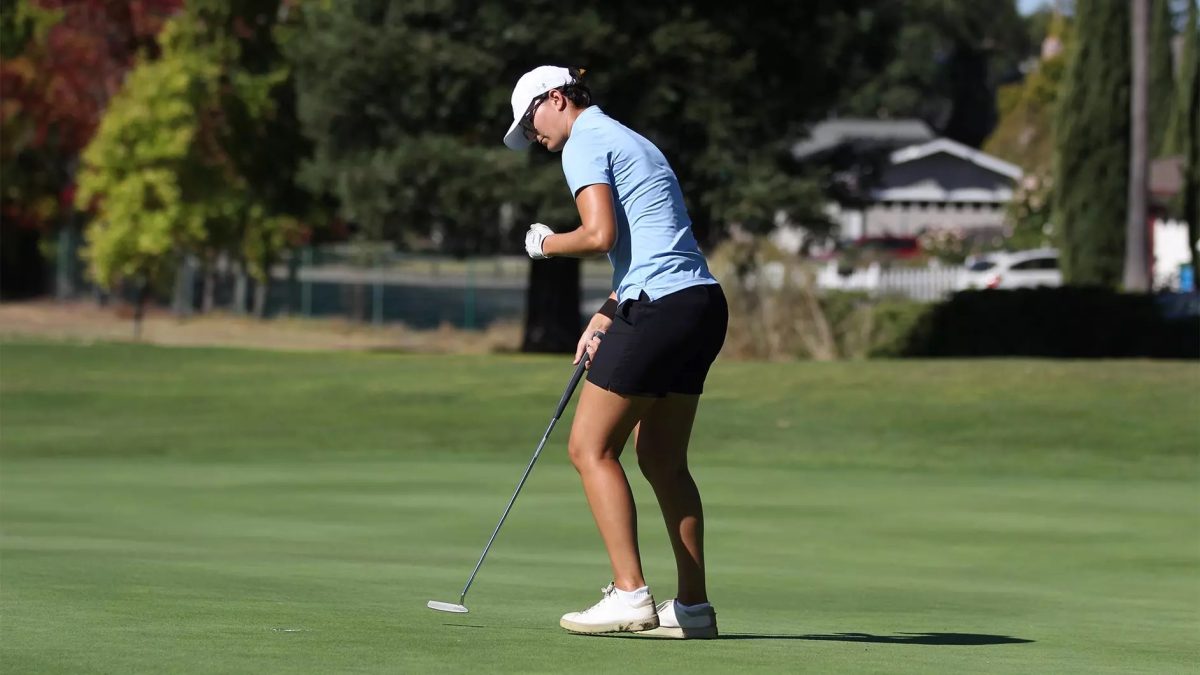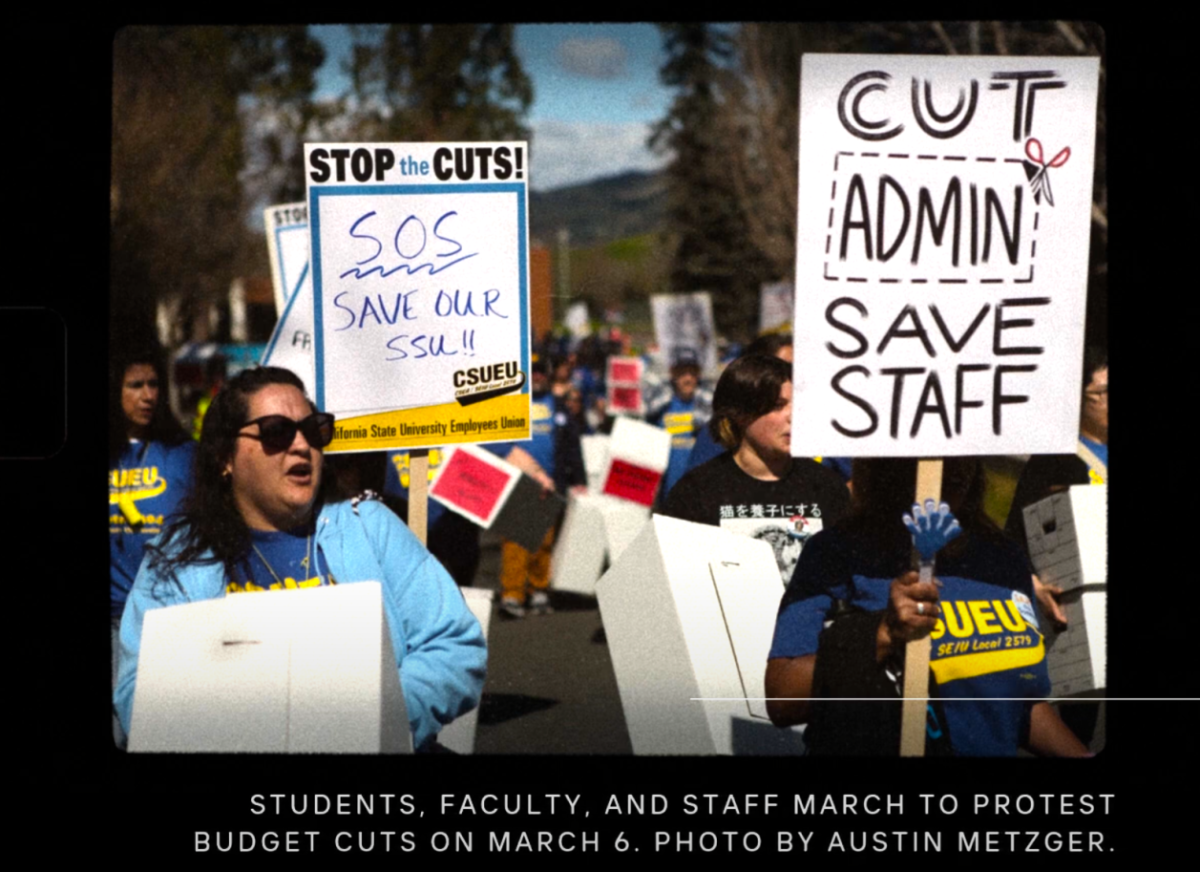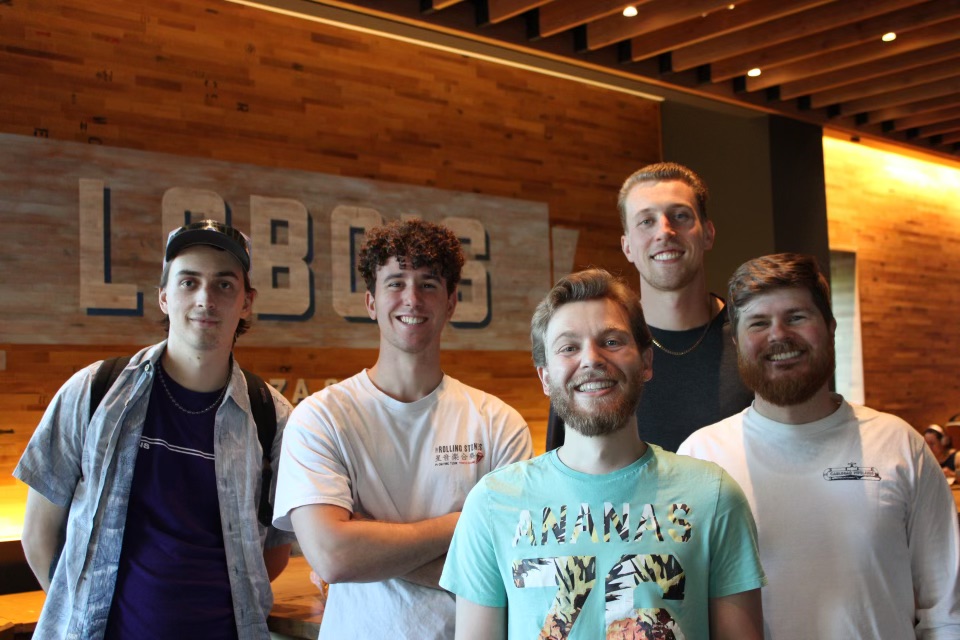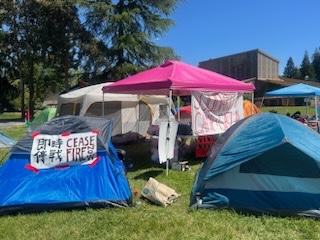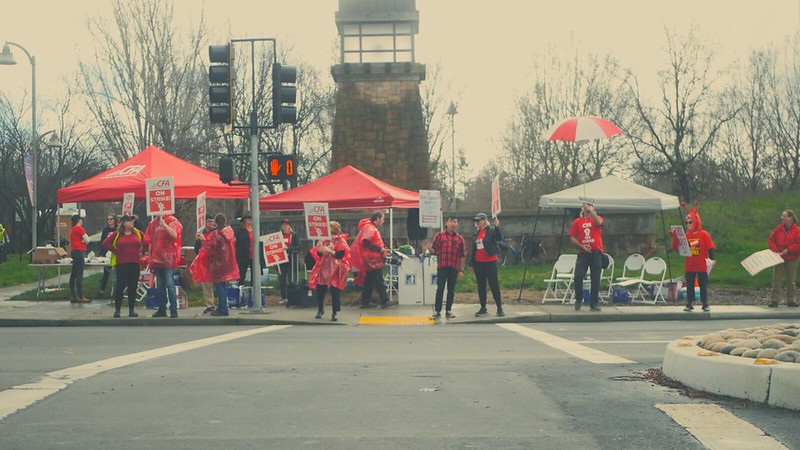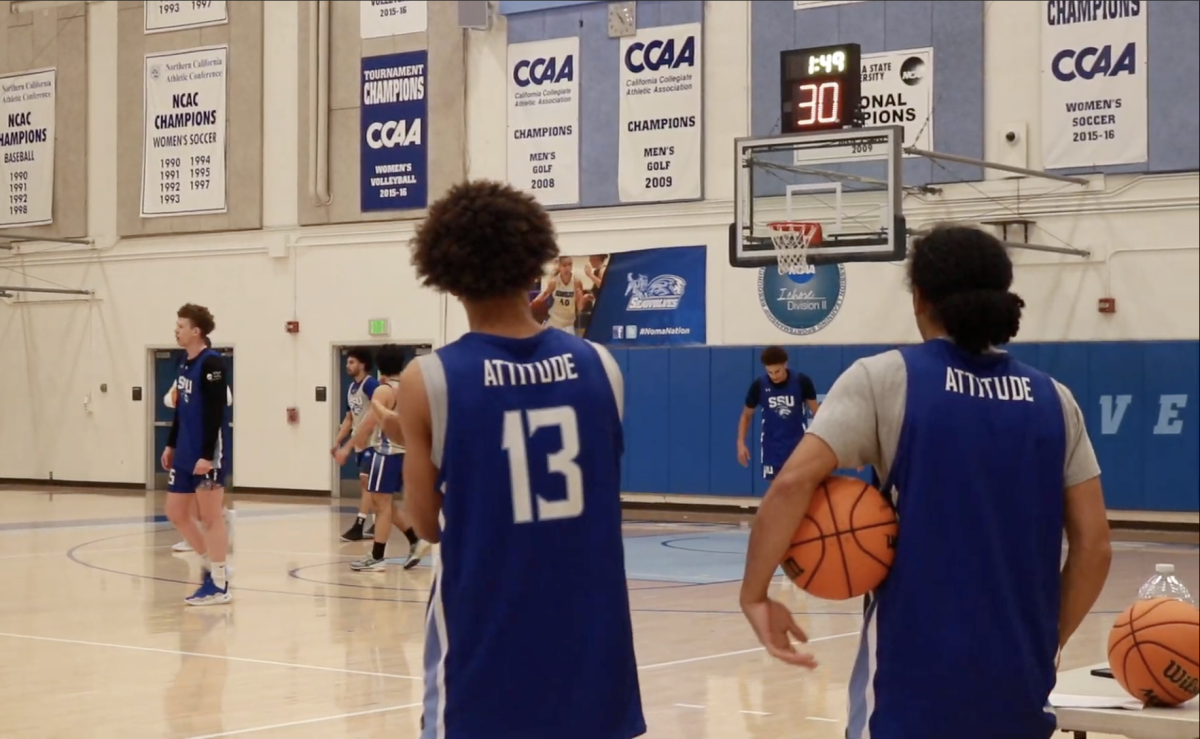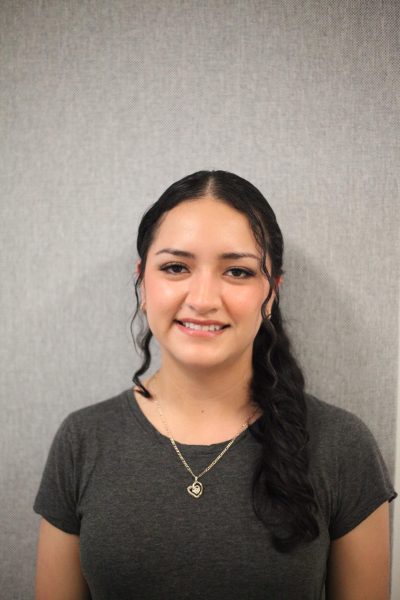Sonoma State students will be facing significant changes in the upcoming year, as CSU launches a regional initiative with two other Bay Area campuses to share administrative sources, and SSU may finally get a permanent president by early 2026.
In an email on March 25, CSU Chancellor Mildred Garcia announced to the SSU community that the search for Sonoma State’s next president will officially resume this upcoming fall semester. Interim president Emily Cutrer will continue leading the university throughout enrollment challenges until the permanent appointment, which is expected in the first quarter of 2026.
The presidential search was previously paused and students and staff at the university had concerns about the long-term direction the university could take. Now with an official timeline, many hope a permanent president will provide a better vision and bring stability to the university.
“I hope that the new president can look into possibly bringing back some of the departments that were cut out.” Said Melissa Shilkoff, a third-year transfer student majoring in theater arts. Shilkoff, who transferred to SSU from Los Angeles is planning to transfer back after her major was impacted by recent cuts.
“They said that they cut them so that they could get more students. I think that’s the wrong approach,” said Shilkoff, “If the new president chooses to focus on that then they will be getting more students in.”
The San Francisco Bay Region Network initiative was announced at the CSU Board of Trustees meeting this month. It proposes an administrative partnership between Sonoma State, Cal State East Bay, and San Francisco State. The three universities agreed and committed to build a shared network of services with the goal to improve efficiency and reduce costs.
According to Interim President Cutrer, the combined network will integrate administrative operations such as human resources, finance, payroll, IT, procurement, and academic technology.
Cutrer made it clear in the email sent out that it is not a merger. She emphasized that each university will remain and maintain its own leadership, academic structure, and identity.
“Cal State East Bay, San Francisco State, and Sonoma State University will remain independently accredited universities serving their regions in unique and distinct ways,” Cutrer wrote in a campus wide message. “No immediate workforce reductions are planned related to this initiative.”
Some students, such as second-year communications major Itzyana Guevara, still have concerns about the initiative and the uncertainty it brings.
“It just feels weird and kind of random that they’re merging their networks—it makes it seem like things are getting worse,” said Itzyana Guevara, “It’s concerning that they’re sharing services because each school runs on different systems, and we don’t really know what changes are coming next. It’s all really unfortunate. Honestly, it’s starting to feel like a joke.”
As Sonoma State moves towards changes and a new chapter, both the regional network and presidential search will shape the university’s identity for the upcoming years. For many students it is clear that they want to be heard with meaningful change that will put their academic experiences first.



